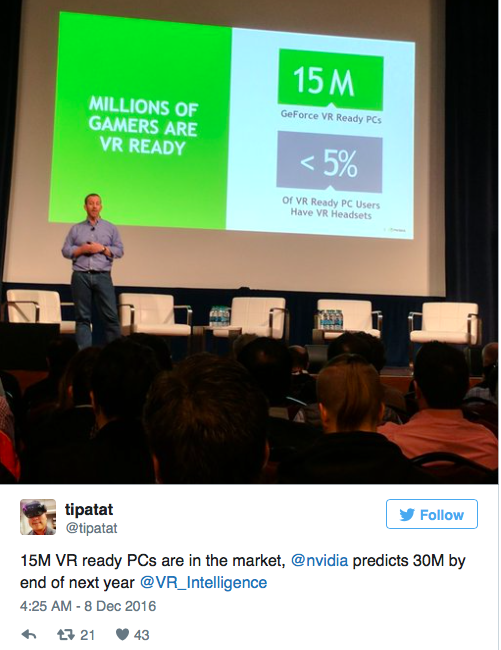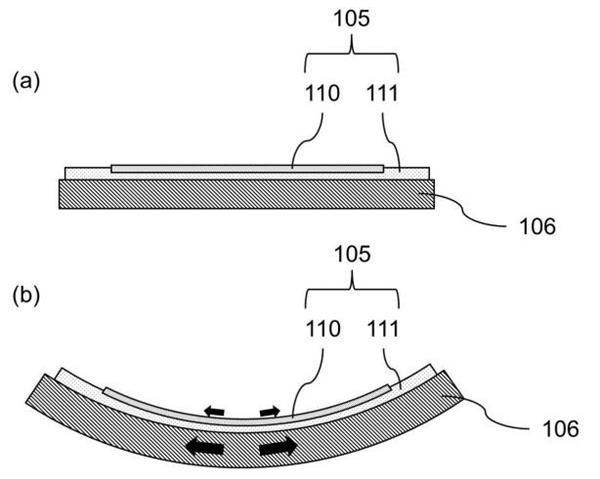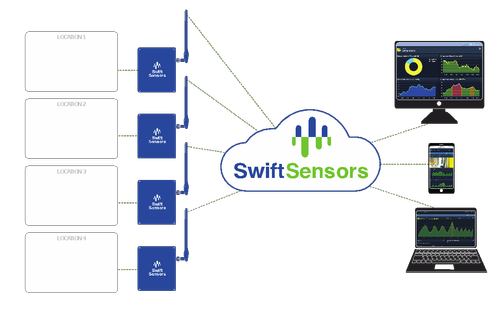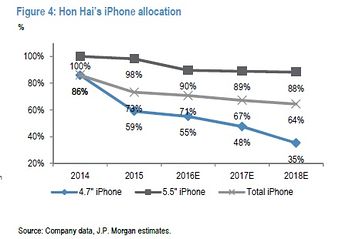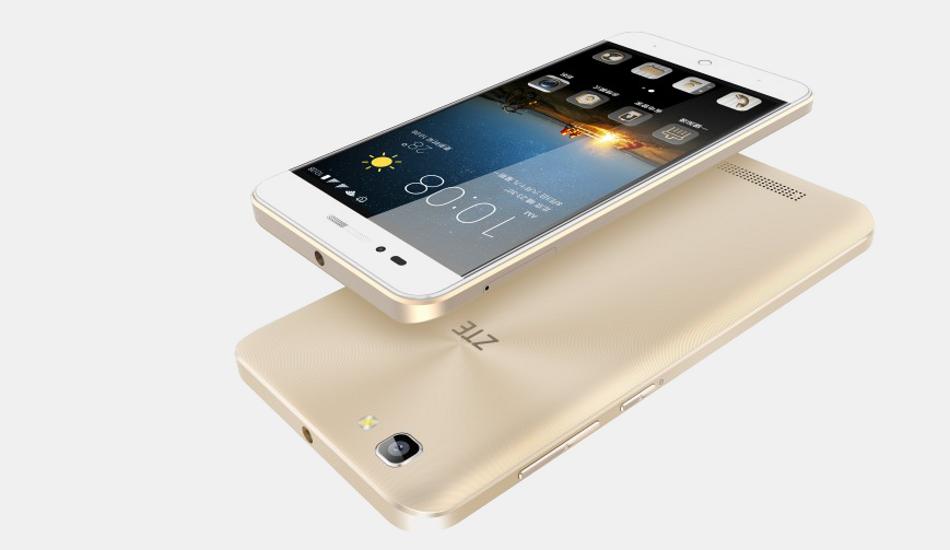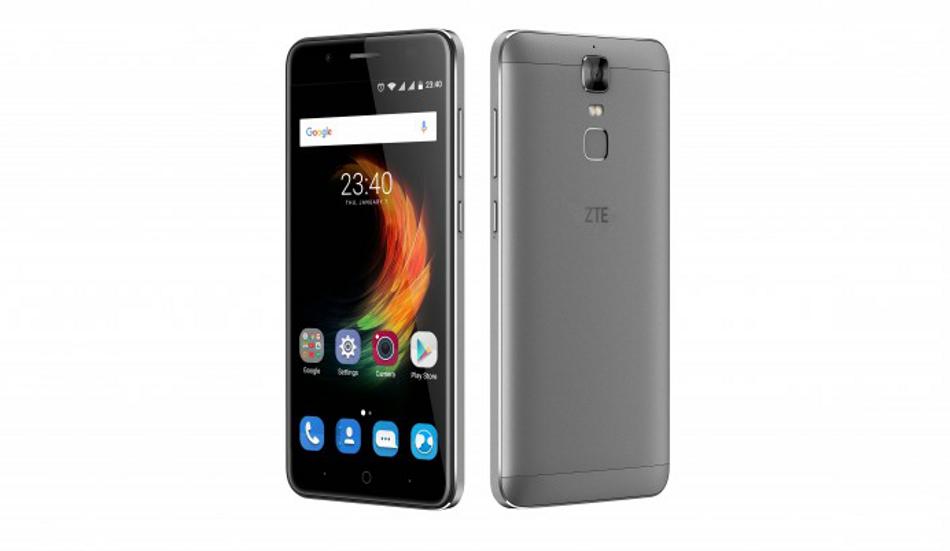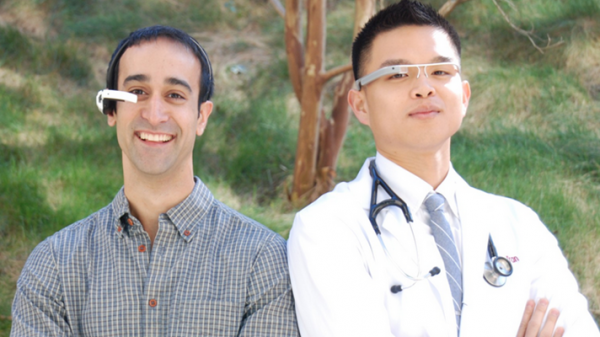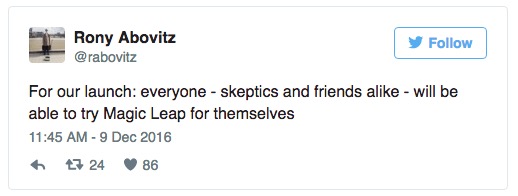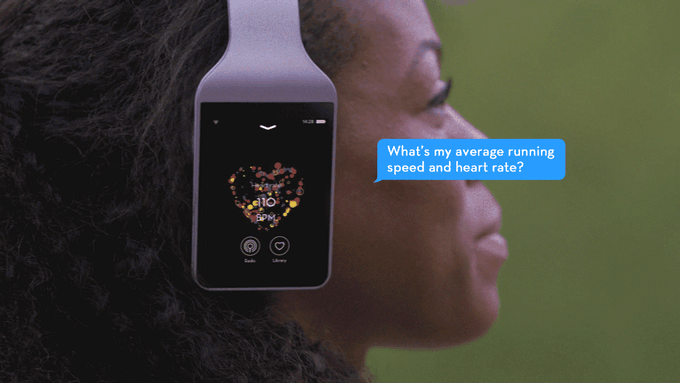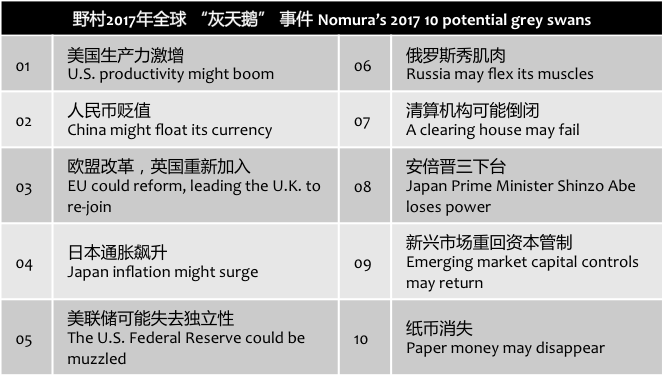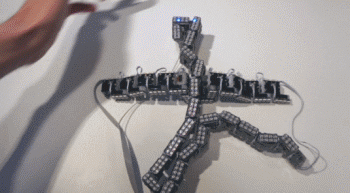
12-11: Apologize for absent another day–Samsung is developing 2 types of foldable smartphones; OPPO will reportedly begin to market its smartphones in the US end of 2016; etc.
Processor
Zvi Greenstein, General Manager at Nvidia, confirmed that there are currently 15M VR Ready PCs using the company’s GeForce graphics cards in the market. He predicted would rise to 30M by the end of 2017. That is not a final total of VR Ready PCs as a whole; the number does not count machines that use cards from rivals like AMD. (CN Beta, Upload VR)
Touch / Display
Samsung is developing 2 types of foldable smartphones, and this development will be part of its ‘two-track strategy’. Samsung is developing ‘dual-screen’ Smartphone that use flat display on each side and foldable Smartphone that bends single flexible OLED display. (CN Beta, ET News)
Camera
Canon has another curved and self-bending sensor patent filed in Japan – the sensor can basically bend and turn into a curved sensor once triggered by an electrical signal. Curved sensors have several advantages and benefits including requiring smaller / faster / simpler lenses and overall better corner to corner IQ (curved sensors provide correction of field curvature). (Peta Pixels, CN Beta, DP Review, Photo Rumors)
Connectivity
Swift Sensors have been quietly developing and field-refining with beta customers a suite of wireless sensor modules, bridge, and cloud services to provide users with a simple, scalable, and secure monitoring system. Swift has a full, turnkey IIoT monitoring system that provides edge to cloud capabilities. (EE Times)
Apple is struggling to ensure that both AirPods receive a Bluetooth signal simultaneously, something that would help them avoid sudden connection dropouts. That means Apple’s product must reconcile any delays and sync audio between them, while also addressing what happens if one of the pair’s battery dies or is lost. (Engadget, WSJ, Business Insider, CN Beta)
Smartphones
According to Digitimes Research, China-based smartphone vendors shipped 168M smartphones worldwide in 3Q16, up 10.6% sequentially and 18.6% on year. Of the shipments, the volume to overseas markets increased 15.5% sequentially and 16.2% on year to reach 72.7M units. The top-5 China-based smartphone vendors were Huawei, OPPO, vivo, Xiaomi and TCL in 3Q16, together contributing more than 55% of the overall shipment volume. (Digitimes, press)
OPPO will begin to market its smartphones in the US as it aims to further ramp its shipments in overseas markets, according to Digitimes. Already having over 1,100 patents related to photographic technology, including about 200 registered globally, OPPO is expected to grab more market share globally optimizing its high-performance camera phones. (Phone Arena, Digitimes, press, 163, iFeng)
Combined smartphone shipments by Taiwan-based brand handset vendors and ODMs will reach 13.82M units in 4Q16, up 11.8% sequentially but down 23% on year, according to Digitimes Research. ODMs Compal Electronics, the Foxconn Group, Arima Communications and Wistron will see their shipments decline sequentially in 4Q16, offsetting shipment growths to be recorded by brand vendors, including HTC, Asustek Computer and Acer. (Digitimes, press)
According to JP Morgan’s analyst Gokul Hariharan, Apple will continue the trend of building larger phones – 5.5” iPhone Plus is 40% of the total product mix in the iPhone 7 product cycle, up from 30% for the iPhone 6S. The 5.8” OLED phone will be 45% of the iPhone 8 product cycle. The high-end 5.8” OLED and lower-end 4.7” models will do quite well and account for 90% of demand and this is a good news to Foxconn. (Barron’s, blog, CN Beta)
ZTE unveils big battery Blade A610s and A610 Plus with 5000mAh battery: Blade A610s – 5” HD IPS LCD 2.5D curved display, MediaTek MT6780T processor, 8MP + 2MP cameras, 2GB RAM, 16GB storage, Android 6.0, LTE, dual-SIM. Blade A610 Plus – 5.5” FHD display, MediaTek MT6750T processor, 13MP + 8MP cameras, 2GB RAM, 16GB storage, Android 6.0, LTE, dual-SIM. (Android Headlines, Phone Radar, The Mobile Indian)
Wearables
Google Glass patient-charting solution startup Augmedix, completed a USD23M funding round that added new investors, OrbiMed and McKesson Ventures. The new round brings total investment in Augmedix to around USD60M after a funding drive announced in Apr. 2016 netted USD17M. (CN Beta, Business Journal, Finsmes, Healthcare Dive)
A reporter detailed his meeting with Magic Leap’s representatives and a less than impressive demo of the product, writing, “Magic Leap may have oversold what it can do”. Magic Leap’s CEO Rony Abovitz says that not only will “everyone – skeptics and friends alike – will be able to try Magic Leap for themselves”. (CN Beta, Mashable, Magic Leap, Business Insider)
Inspero has created a new innovative pair of smart headphones called the Vinci, which the company says are the very first smart 3D headphones available to purchase, equipped with voice recognition and artificial intelligence. (Gizmo China, Wearable, Kickstarter, Geeky Gadgets, 163, Sohu)
Internet of Things
MIT Media Lab calls ChainFORM a “shape changing interface,” because it comes from their Tangible Media Group. ChainFORM module includes touch detection on multiple surfaces, angular detection, blinky lights, and motor actuation via a single servo motor. (CN Beta, IEEE, Digital Trends, Cool Wearable)
Commerce
While black swans are inherently unpredictable, Nomura has pointed to 10 potential grey swans (the unlikely but impactful events that) to worry about for 2017. (TechNews, CNBC, article, MoneyDJ, Gold Toutiao)
